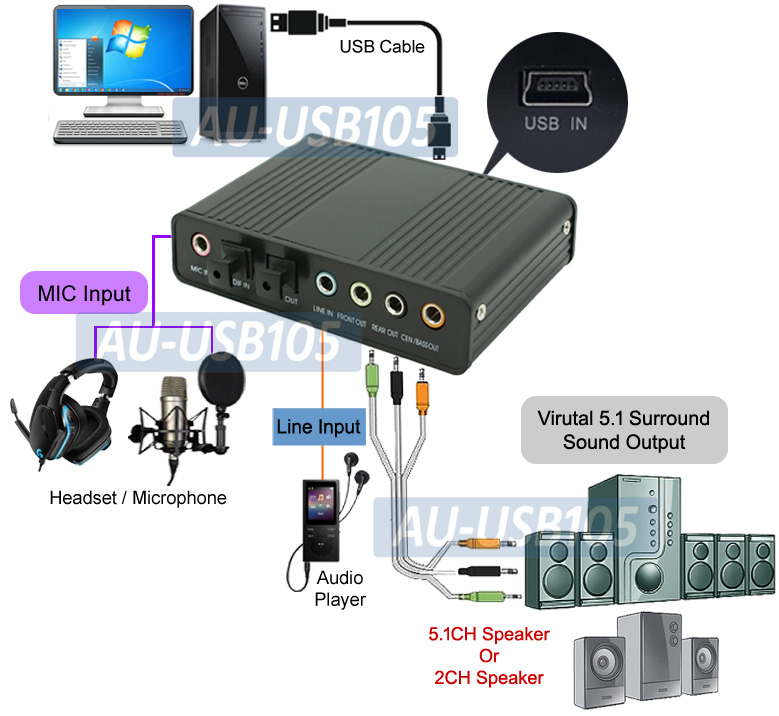
I had a copper chassis made for my amplifier and the difference was clear. He spoke about calmness, tone colour, the quietness of background, noise floor (audible, not measurable) and freedom from grain. He told me it was not for looks and that copper sounded better than steel and aluminium. We discussed amplifier design and I asked him why he used copper for the chassis of his amplifiers. I was lucky enough to hear amplifiers made by Audio Note Japan and to meet the legendary late Mr. Aluminium, by comparison, sounded lighter, freer and airier but was also somewhat frenetic and unruly by comparison. Steel imparted a glare and grainy character to the sound. There was a noticeable difference in sound between the two. Early BorderPatrol amps were made with steel and aluminium chassis. Gary Dews: The use of copper for the casework was a spin-off from the Border Patrol amplifier designs. Updates to the following Q&A between Doug Schroeder and Gary Dews from his Review:ĭoug Schroeder: The DAC SE uses copper for chassis. Maybe they were expecting something that sounded thick and dull, like a vintage tube amp, but it’s not like that. Once they receive the DAC, not only are they pleased by how easy on the ear it sounds but also by how open and vibrant it is. They are looking for listenability, musicality and the ability to listen for long periods without becoming fatigued. Q: What is the profile of the Border Patrol DAC customer? What is it that they are looking for in a DAC when they come to you?Ī: Many of the DAC buyers complain about their previous experiences with digital sound and how they have been unable to relax with it and enjoy their music. Interestingly, Steve Guttenberg, aka, “The Audiophiliac” recently posted a YouTube video about this.

Most music servers can easily be configured to down-sample to 24/96 and the DAC is fine with that. As far as sales are concerned, the lack of hi-res hasn’t been a problem. I understand some customers must have the very latest technology and assume that hi-res/MQA etc must mean better sound and that’s fine there are plenty of companies that cater to that, but the response by reviewers to the BorderPatrol DAC (many of whom have bought the DAC for their use) and BorderPatrol DAC owners suggest there are just as many that are more interested in listenability and musicality.

I found the smooth relaxed sound of R2R chips when used without over-sampling and digital filtering to be much more lifelike and easier on the ear than the over-analytical, edgy, artificial sound of the delta-sigma chips. I will go further and say I positively disliked the sound. But when I prototyped hi-res delta-sigma chips from ESS, Wolfson, Texas et al I never liked the sound. I was told that a lack of hi-res would be a serious disadvantage and that I would be crazy to release a DAC that couldn’t do 24/192 or above. I make products that I like to listen to rather than following industry trends to make sales. Is it better to have a DAC with the latest tech or one that produces a sound that you like? Which sounds best: a relaxed sounding R-2R DAC playing a 16/44 or 24/96 file or an edgy delta-sigma DAC playing a 24/192 file?

There are many examples where the reverse has been the case. Technological advancements don’t necessarily translate into better audio. Q: With all the technical advances that have been made by manufacturers in the interim, the years between the SE and SE-i, how does BorderPatrol answer those hungering for these advances? What is the argument for being the purist? And how do they respond once they’ve been enlightened?Ī: That’s an interesting question to ask a designer who also makes a range of amplifiers that use a 1938 electron tube!
#Analogue audio to usb converter upgrade#
The upgrade is available to owners of pre-2020 DACs.

The value of the capacitors is also higher which reduces the output impedance and enables the DAC to work with a wider range of pre-amps than before. New SE-i DACs use Jupiter cryo Beeswax caps which give it a richer, more full-bodied sound with a more organic, natural timbre. Q: How is the SE-i different from the SE? And how do these differences play out both socially and operationally?Ī: The first SE DACs used UptoneMusicap polypropylene film and foil coupling capacitors on the output. David’s Q&A with Gary Dews of BorderPatrol


 0 kommentar(er)
0 kommentar(er)
